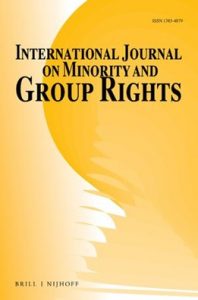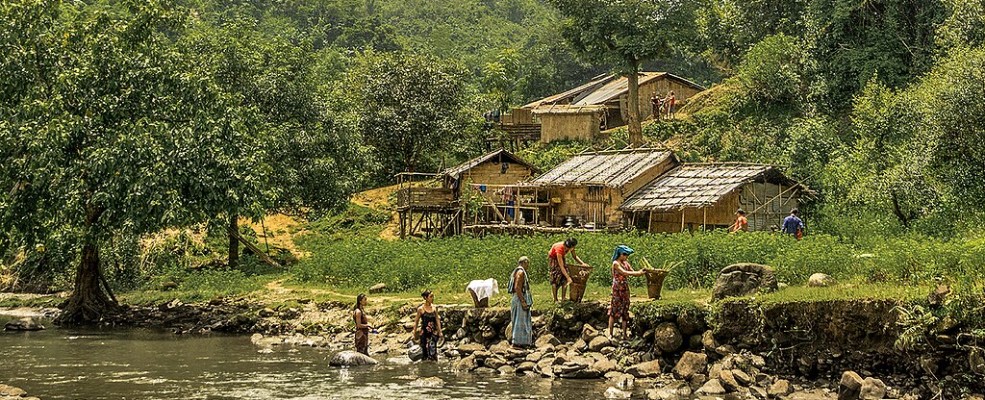Our new research examines the contemporary human rights situation of indigenous peoples in Bangladesh. The team recently undertook corpus analysis of civil society submissions to the latest Universal Periodic Review, the five yearly human rights monitoring exercise conducted by the United Nations.
By way of context, Bangladesh has an estimated five million indigenous people (IP) (– alternatively known as Adivasi). The country has a raft of legal duties on equality, ethnicity and human rights set out in the constitution, domestic legal code and UN human rights treaties. Yet a key problem facing IP is that, as in many Asian and African states, indigeneity is a contested concept.
Typically, governments in the region refrain from acknowledging indigenous people as a category of citizens who are eligible for special rights and benefits on the basis of being oppressed, Instead, they argue the notion of indigenous people is largely a Western import, one that relates to specifics of the American populations. Aside from these debates, earlier scholarly work has alluded to rights violations of IP in Bangladesh amounting to cultural ethnocide. However, much of this research is well over a decade old.
Our new study reveals the contemporary plight of IP. It confirms how indigenous people in today’s Bangladesh continue to suffer extensive rights violations. They are subject to discrimination, denial of land rights, exclusion from decision-making, violence and suppression of indigenous languages. We argue that the present constitutes a critical juncture.
While it currently falls short of universal cultural ethnocide, unless there is urgent action by government and other parties, over coming years, this is likely to lead to the socio-cultural and linguistic loss of some of the more vulnerable indigenous groups in the People’s Republic, notably those located in the northern Chittagong Hill Tracts (CHT).
The data on the CHT reveal numerous reports of violence, murders and disappearances. Rohingya refugee camps and the associated environmental disaster and extensive new roads and extractive industries are other factors impacting IP. All these issues are being played out in a confined geographical area; CHT covers just 13,184 km2.
In addition, the relatively small populations of some indigenous groups in the area increases their vulnerability (e.g., the Tanchangya number 45,000, the Bawm 13,000 and the Chak just 2,000 people – or approximately 380 families). Presently, the survival chances for these Adivasi people looks poor.
 The full findings can be found in the forthcoming open access paper:
The full findings can be found in the forthcoming open access paper:
Chaney, P., Sahoo, S., Punnoose, R. and Haneefa, M. (2025) Civil Society Organisations’ Perspectives on the Contemporary Human Rights Situation of Indigenous Peoples in Bangladesh: A Critical Analysis, International Journal on Minority and Group Rights.
This research was funded by the Academy of Medical Sciences and the research team comprises Paul Chaney (Emeritus Professor, WISERD Cardiff), Professor Sarbeswar Sahoo (Indian Institute of Technology, Delhi), Dr Reenu Punnoose (Indian Institute of Technology, Palakkad) and Dr Haneefa Muhammed (Independent Researcher, Palakkad).
Image credit: “Imran Hossain Imu Tribal people in Chittagong Hill Tracts 01670387192” by Imran Hossain Khan Imu is licensed under CC BY-SA 4.0.

